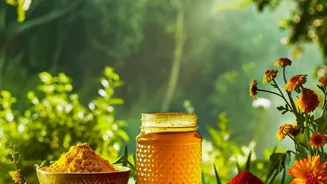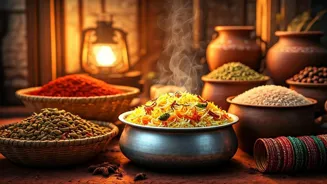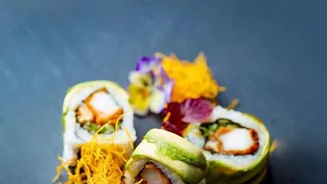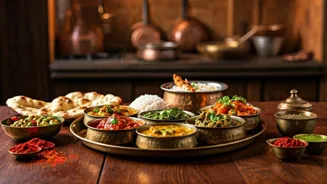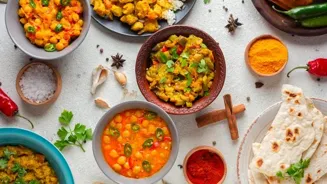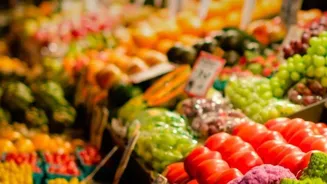Discover the rich world of coconut in Indian cuisine - a culinary gem with endless possibilities! Read on to explore its uses and recipes
Coconut, or nariyal as it's fondly called in many Indian languages,
is more than just a tropical fruit; it's an integral part of Indian culture and, most importantly, its cuisine.
From the coastal regions of Kerala and Goa to the kitchens of Bengal and even the northern plains, the coconut finds its way into a staggering variety of dishes, showcasing its incredible versatility.
For generations, Indian cooks have cleverly utilized every part of the coconut – the water, the flesh, the milk, and even the husk – transforming it into culinary masterpieces that are both delicious and surprisingly nutritious. Let's explore the amazing world of coconut in Indian cooking.
Coconut water: nature's electrolyte drink, versatile in cuisine and health
Coconut water, the refreshing liquid found inside the young coconut, is nature's electrolyte drink. It’s not just a thirst quencher, especially during scorching summers; it's packed with essential minerals like potassium and magnesium.
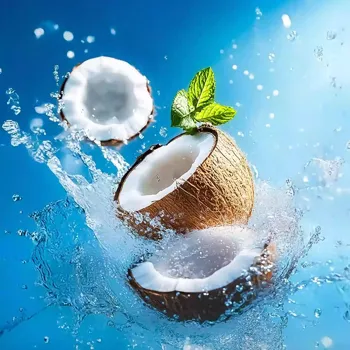
Many believe it has cooling properties, making it a staple in traditional Indian medicine as a remedy for dehydration and heatstroke.
Beyond its health benefits, coconut water is used to tenderize meat in some regions (for non-vegetarian meals), though vegetarians often appreciate it as a base for light and flavorful rasams and soups.
Think of its subtle sweetness enhancing the flavors of vegetables in a clear broth - a truly revitalizing experience!
Coconut in Indian cuisine: versatile raw flesh & dried copra
The flesh of the coconut, whether raw or dried, is a culinary chameleon. Raw coconut, grated or sliced, adds a delightful texture and subtle sweetness to dishes. It's a key ingredient in many south Indian chutneys, curries, and stir-fries.
In Kerala, for example, grated coconut is an essential component of avial, a mixed vegetable dish cooked in coconut milk and seasoned with coconut oil. Dried coconut, or copra, is widely used across India. When grated, it adds a nutty flavor and texture to sweets, snacks, and even savory dishes.
It’s also the primary ingredient in coconut oil, a staple cooking medium in many parts of the country, known for its distinct aroma and potential health benefits.
Coconut milk enriches Indian dishes with creamy sweetness
Coconut milk, extracted from grated coconut flesh, is the heart and soul of countless Indian curries and desserts. Its creamy texture and subtle sweetness add richness and depth to gravies, making them irresistibly delicious.
In south India, coconut milk is the base for dishes like appam with stew, a traditional breakfast combination. Further east, in Bengal, it's used to create elegant desserts like narikel narkel, a sweet and delicate coconut confection.
The process of making coconut milk itself is a simple yet beautiful display of resourcefulness – grating the coconut, soaking it in warm water, and squeezing out the creamy liquid.
Coconut oil: versatile in Indian cuisine, Ayurveda, and skincare
Coconut oil, extracted from dried coconut kernels, is a staple in many Indian kitchens, especially in the southern and coastal regions. Its high smoke point and distinct aroma make it ideal for deep-frying and sautéing.
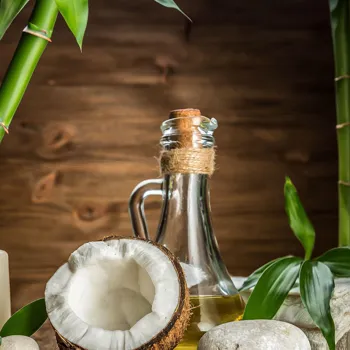
It's also used as a flavoring agent, adding a touch of tropical essence to dishes. Beyond cooking, coconut oil has been used for centuries in traditional Indian medicine (Ayurveda) for its potential health benefits.
It's believed to have antimicrobial properties and is often used for skincare and hair care. A simple massage with warm coconut oil is still a popular practice for babies and adults alike, believed to promote relaxation and well-being.
Vegetarian dishes featuring coconut: rice, chutney, avial, sweets
Let's talk about some specific vegetarian dishes where coconut shines. Think of coconut rice, a simple yet satisfying dish where rice is cooked in coconut milk, resulting in a fragrant and flavorful meal.
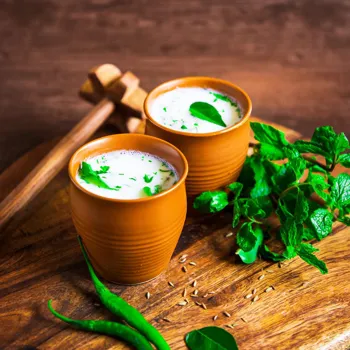
Or consider coconut chutney, a versatile condiment that can be enjoyed with idli, dosa, vada, and many other south Indian snacks. Avial, as mentioned earlier, is a classic example of how coconut integrates into a medley of vegetables, creating a harmonious blend of flavors.
In many parts of India, coconut is also used to make sweets like ladoos and barfi, adding a touch of richness and sweetness to these festive treats.
Coconut: versatile, sustainable resource deeply woven into Indian culture
The beauty of coconut lies not only in its taste and versatility but also in its sustainability. Every part of the coconut palm is used in some way or another, making it a truly valuable resource.
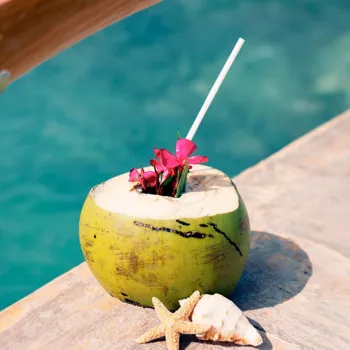
From the leaves used for thatching roofs to the husk used as fuel and in coir production, the coconut palm provides livelihoods for millions of people in India. It is not just a fruit, it is a way of life, deeply intertwined with the culture and traditions of the region.
So next time you see a coconut, remember that you are looking at a culinary treasure trove, a symbol of resourcefulness, and a testament to the ingenuity of Indian cooking.
AI Generated Content. Glance/InMobi shall have no liability for the content
